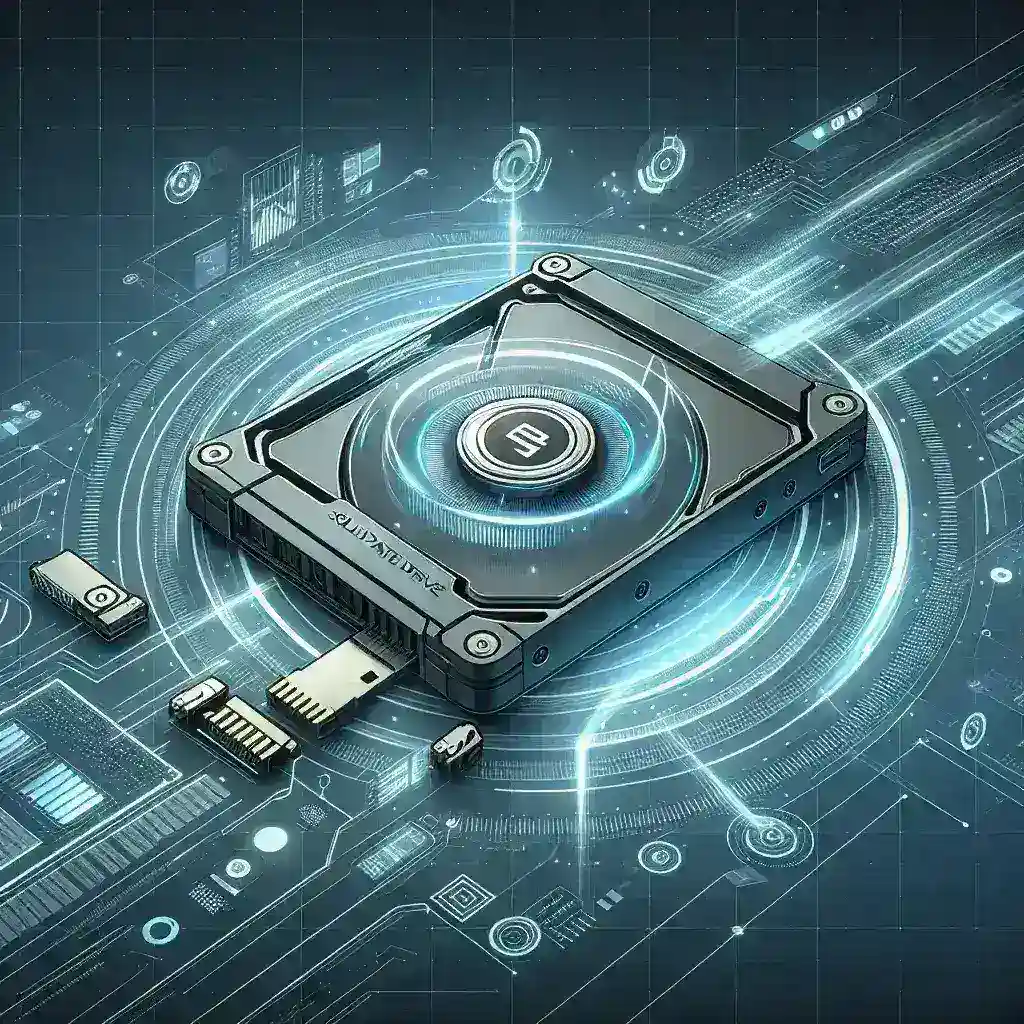Solid State Drives (SSDs) have revolutionized data storage with their speed, durability, and overall efficiency. As data storage needs evolve, so does the technology that supports it. One of the latest advancements in SSD technology is the integration of telemetry features. These features provide real-time insights into the health, performance, and usage patterns of the storage device, offering numerous advantages to users ranging from individual consumers to large enterprises.
The Role of Telemetry in SSDs
Telemetry in SSDs involves collecting and transmitting data about the drive’s operation. This information can include metrics such as read/write speeds, temperature, error rates, and lifespan predictions. By leveraging this data, users can gain a deeper understanding of their storage device and make informed decisions regarding its maintenance and usage.
Key Benefits of SSDs with Integrated Telemetry
1. Enhanced Performance Optimization
Real-time data from telemetry allows for continuous monitoring of the SSD’s performance. This proactive approach enables users to identify potential bottlenecks, optimize read/write operations, and ensure the drive is functioning at peak efficiency. For organizations managing large-scale data operations, this optimization translates to significant cost savings and improved system performance.
2. Predictive Maintenance
One of the standout advantages of SSD telemetry is the ability to predict maintenance needs before they become critical issues. By analyzing telemetry data, users can identify wear patterns and anticipate when the drive might require maintenance or replacement. This predictive capability helps in avoiding unexpected downtime, which is crucial in environments where data availability is paramount.
3. Improved Data Security
Integrated telemetry features can enhance data security by monitoring for unusual activities that could indicate potential security threats. For example, sudden spikes in read or write operations might signal a potential data breach. Telemetry data can alert users to such anomalies, allowing for swift action to mitigate security risks.
4. Extended Lifespan
By providing insights into the usage and health of the SSD, telemetry empowers users to make informed decisions that can extend the lifespan of the drive. This could include adjusting workloads to avoid excessive wear or implementing strategies to balance the usage across multiple drives.
5. Cost Efficiency
The insights gained from SSD telemetry can lead to more efficient resource allocation and reduced operational costs. For instance, by predicting drive failures and planning replacements, organizations can avoid the higher costs associated with emergency repairs and data recovery
Comparative Table: Traditional SSDs vs. SSDs with Telemetry
| Feature | Traditional SSDs | SSDs with Telemetry |
|---|---|---|
| Performance Monitoring | Limited | Real-time, Detailed |
| Predictive Maintenance | No | Yes |
| Data Security Alerts | No | Yes |
| Lifespan Management | Basic | Advanced |
| Cost Efficiency | Standard | High |
Applications and Use Cases
1. Data Centers
Data centers manage vast amounts of information and require storage solutions that are reliable and efficient. SSDs with telemetry can help data center operators monitor drive health, optimize storage performance, and reduce the likelihood of unexpected failures. This translates to lower operational costs and enhanced data integrity.
2. Enterprise IT
For enterprises, ensuring data availability and security is crucial. Telemetry features in SSDs support these goals by providing detailed insights into drive performance and usage. IT departments can use this data to implement proactive maintenance strategies and ensure that critical applications run smoothly.
3. Personal Computing
While telemetry features are often associated with enterprise applications, they also offer benefits for personal computing. Consumers can use telemetry data to maintain the health of their SSDs, ensuring optimal performance for longer periods. This is particularly important for users who rely on their computers for intensive tasks such as gaming, video editing, and software development.
4. Industrial Applications
In industrial environments, robust and reliable data storage is essential. SSDs with integrated telemetry provide real-time monitoring capabilities, which are crucial for applications that demand high reliability and minimal downtime. This includes systems used in manufacturing, surveillance, and critical infrastructure.
Future Trends in SSD Telemetry
As technology continues to advance, we can expect to see even more sophisticated telemetry features in SSDs. Future developments may include enhanced AI-driven analytics that can provide even deeper insights into drive health and performance. Additionally, as the adoption of cloud services grows, cloud-based telemetry analytics could become a standard feature, offering remote monitoring and management capabilities.
Conclusion
SSDs with integrated telemetry features represent a significant leap forward in data storage technology. These features offer a wealth of benefits, including enhanced performance optimization, predictive maintenance, improved data security, extended lifespan, and cost efficiency. Whether for data centers, enterprise IT, personal computing, or industrial applications, the advantages of SSD telemetry are clear. As the technology evolves, it will continue to play a critical role in ensuring that storage solutions are not only fast and reliable but also intelligent and proactive.

